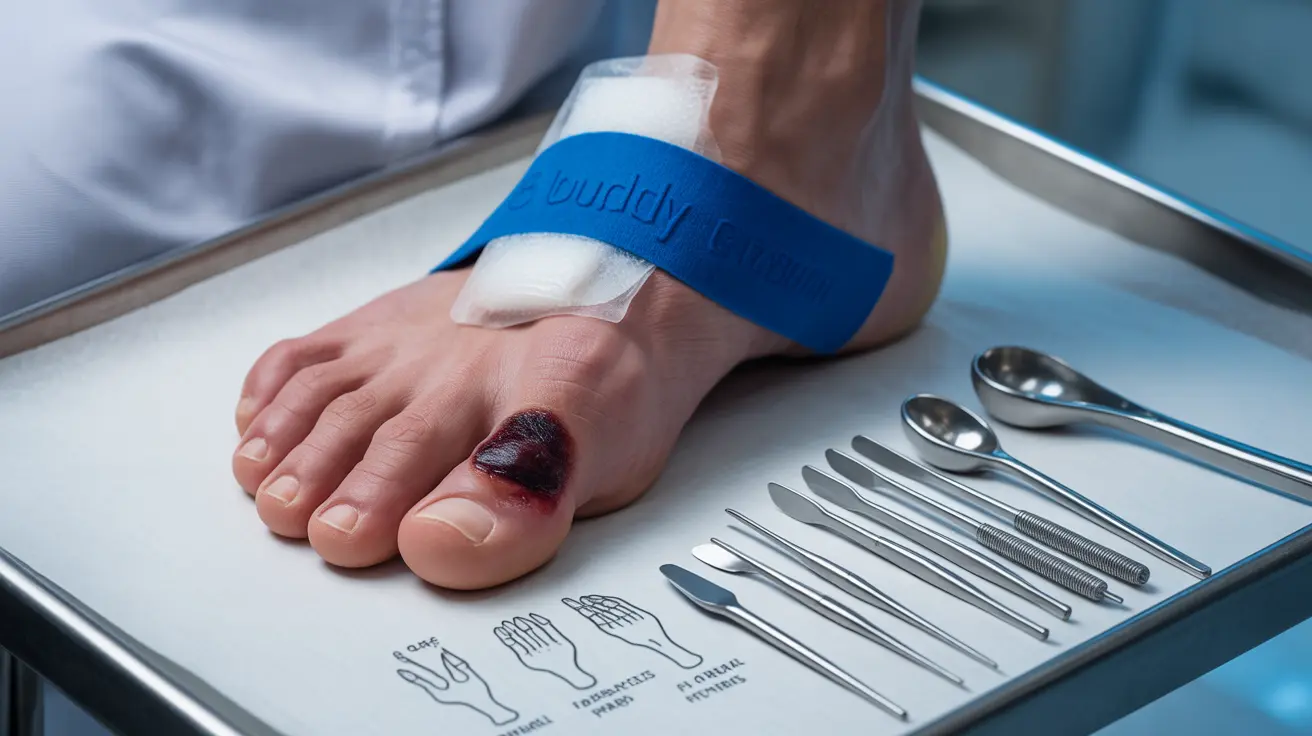A dislocated toe occurs when the bone of your toe is forced out of its normal position at the joint. This painful injury commonly happens during sports activities, accidents, or falls. While it may seem minor, a dislocated toe requires proper medical attention to ensure correct healing and prevent long-term complications.
Understanding the signs, treatment options, and recovery process for a dislocated toe is crucial for anyone who experiences this injury. This comprehensive guide will help you recognize the symptoms and know when to seek professional medical care.
Signs and Symptoms of a Dislocated Toe
Identifying a dislocated toe early is essential for proper treatment. Common indicators include:
- Severe pain in the affected toe
- Visible deformity or misalignment
- Swelling around the joint
- Difficulty moving the toe
- Bruising or discoloration
- Numbness or tingling sensations
The big toe is most commonly affected by dislocation, though any toe can become dislocated. The severity of symptoms may vary depending on the extent of the dislocation and any accompanying injuries.
Diagnosis and Medical Treatment
When you visit a healthcare provider for a dislocated toe, they will perform a physical examination and may order X-rays to confirm the diagnosis and check for any fractures. The treatment process typically involves several steps:
Immediate Treatment
The doctor will first perform a reduction procedure, which involves carefully manipulating the toe back into its proper position. This is usually done under local anesthesia to minimize discomfort.
Post-Reduction Care
- Buddy taping (securing the injured toe to an adjacent healthy toe)
- Ice therapy to reduce swelling
- Elevation of the foot
- Prescription of pain medication if needed
- Protective footwear recommendations
Recovery Timeline and Process
The recovery period for a dislocated toe typically ranges from 2-6 weeks, depending on the severity of the injury and the toe affected. The healing process usually progresses through several phases:
Initial Recovery (1-2 weeks)
During this phase, focus on rest, ice application, and keeping weight off the affected foot as much as possible. Continue buddy taping as directed by your healthcare provider.
Progressive Healing (2-4 weeks)
As pain and swelling decrease, gentle movement exercises may be introduced. However, it's important to follow your doctor's guidance regarding activity levels.
Final Recovery (4-6 weeks)
Most patients can return to normal activities, though some may need additional time before resuming high-impact sports or activities.
Prevention Strategies
To reduce the risk of toe dislocation, consider these preventive measures:
- Wear properly fitting shoes
- Use protective equipment during sports activities
- Maintain good balance and coordination
- Keep walking areas clear of obstacles
- Exercise caution on uneven surfaces
Frequently Asked Questions
What are the common symptoms and signs of a dislocated toe?
The most common signs include severe pain, visible deformity, swelling, bruising, and difficulty moving the affected toe. You may also notice the toe pointing in an unusual direction or experience numbness in the area.
How is a dislocated toe diagnosed and treated by a doctor?
Doctors diagnose dislocated toes through physical examination and X-rays. Treatment typically involves repositioning the toe (reduction), buddy taping, and prescribing pain management strategies. Some cases may require additional medical intervention.
What are the risks and complications if a dislocated toe is left untreated?
Untreated dislocations can lead to chronic pain, permanent deformity, arthritis, reduced mobility, and increased risk of future dislocations. Proper medical treatment is essential to prevent these complications.
How long does it typically take to recover from a dislocated toe?
Recovery usually takes 2-6 weeks, depending on the severity of the injury and which toe is affected. Complete healing may take longer for more severe cases or if complications arise.
What can I do to prevent a dislocated toe during sports or everyday activities?
Prevention includes wearing appropriate footwear, using protective equipment during sports, maintaining clear walking spaces, and being mindful of foot placement during activities. Regular exercise to improve balance and coordination can also help reduce risk.




